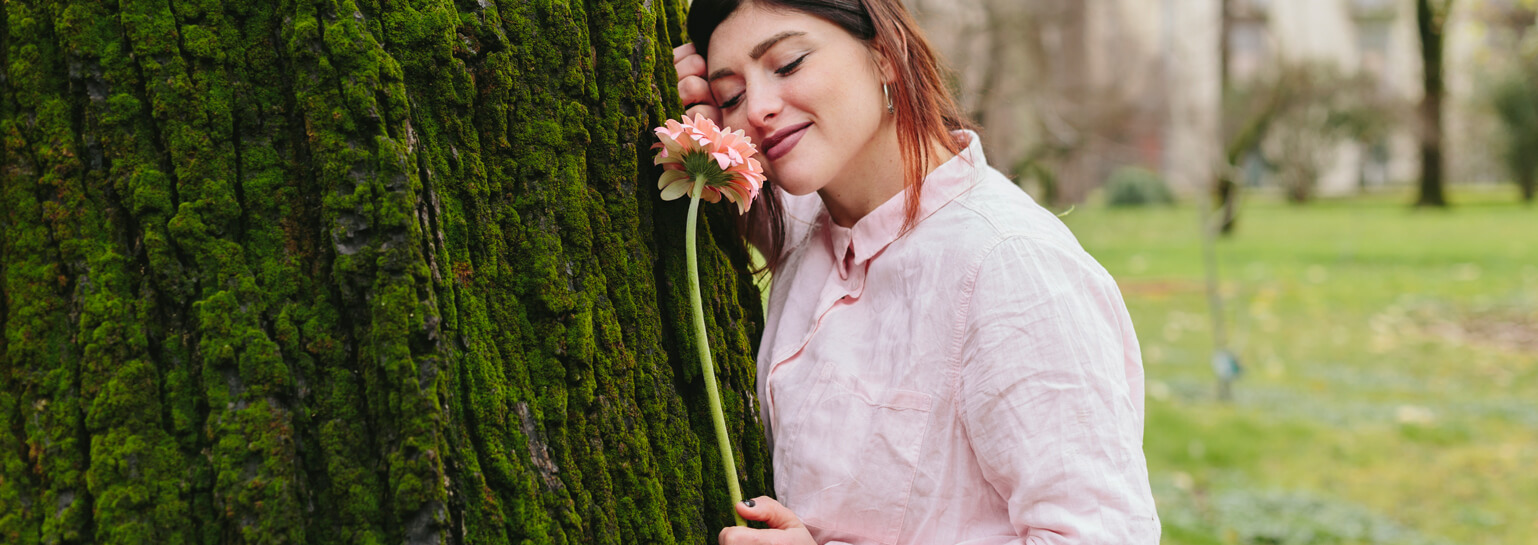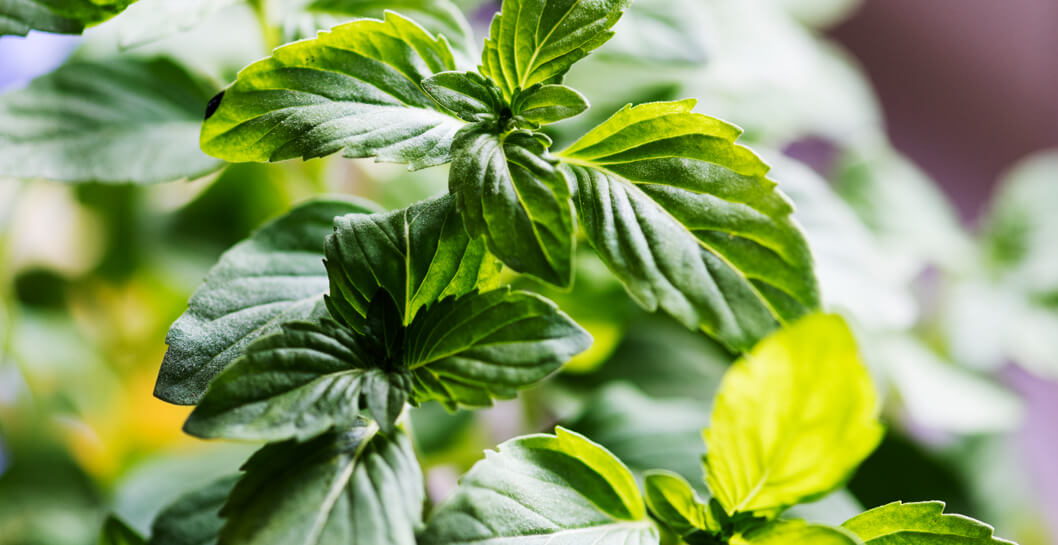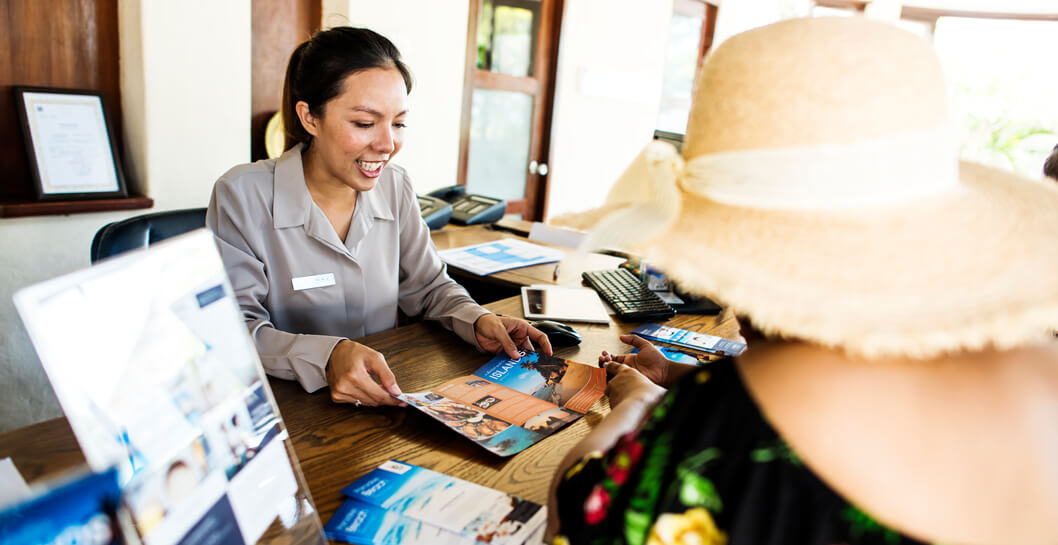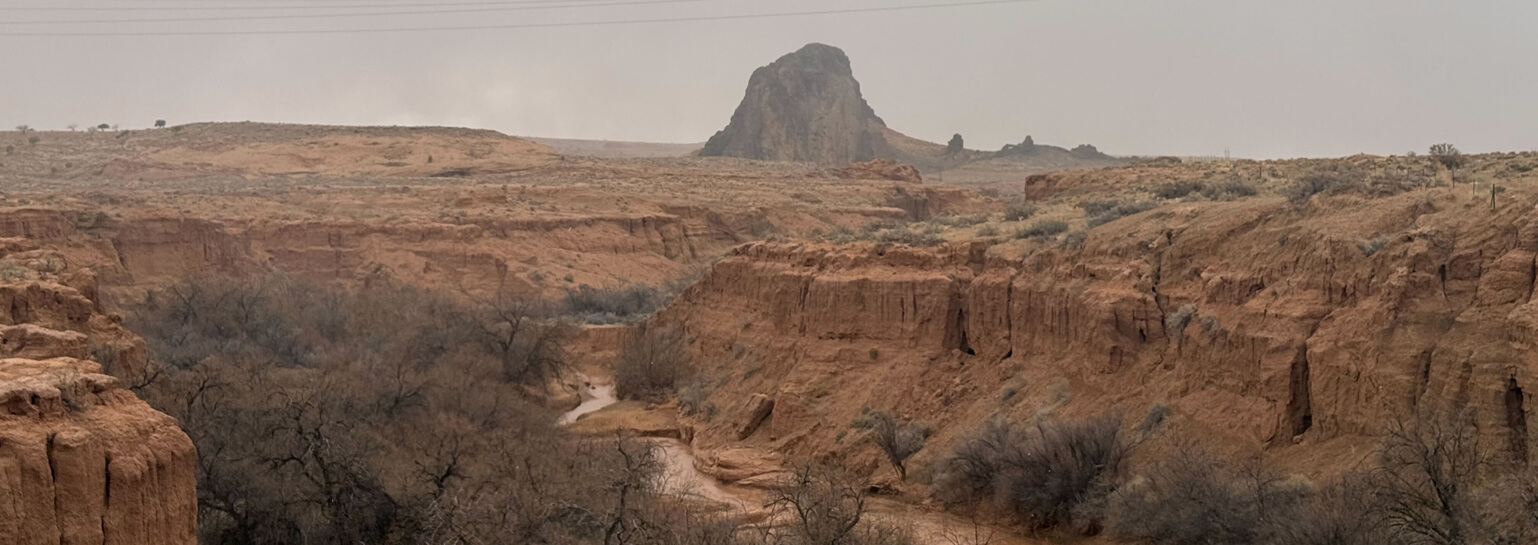By Admin
April 8, 2025

On her guided medicine walks through Banff National Park and the Sundre area, Brenda Holder often highlights plantago major, commonly known as broadleaf plantain.
Holder, who owns Mahikan Trails, explains that there are around 250 different species of this plant across the globe. Despite the variation, they all provide the same healing benefits, which means many tour participants can often identify the plant growing in their own local environments.
“It probably has more than a thousand medicinal applications,” she says. “Most people know it best for its quick relief from bug bites and stings. But beyond that, it’s incredibly soothing for respiratory issues, packed with anti-inflammatory properties, and very beneficial for liver and digestive health.”

Mahikan Trails began offering these guided plant walks in Banff around the year 2000. Roughly four years ago, the company expanded its offerings to a new location near Sundre, about 90 km northwest of Calgary. There, guests are led through boreal forest landscapes, with guides identifying native plants and explaining their healing properties.
“We noticed a rising interest in more immersive experiences,” says Holder. “People wanted more than a nature walk — they wanted to learn and connect more deeply. So we started offering tours on a 161-acre ranch just north of Sundre.”
The company also runs a medicine walk along Sundre’s newly developed interpretive boardwalk.
In February, Mahikan Trails added two full-time staff members as business continued to grow.
In 2023, Indigenous tourism in Canada contributed $1.6 billion to the national GDP, according to the Conference Board of Canada. That figure marks a 10% decline from 2019 levels, and nearly a 24% drop when inflation is taken into account.
Nonetheless, the industry produced approximately $3.7 billion in total revenues last year and supported upwards of 34,700 jobs. Over 2,750 Indigenous-led businesses and organizations were active in the tourism sector — a sharp rise of nearly 1,900 since 2021.
“We haven’t yet returned to where we were before the pandemic,” says Holder, “so it’s crucial that we continue pushing for growth in this space.”
Holder, who also serves as board chair for Indigenous Tourism Alberta, sees plenty of potential ahead.
A 2024 survey presented by the Indigenous Tourism Association of Canada (ITAC), titled “The Untapped Potential of Canadian Indigenous Tourism,” found that 66% of Canadian travelers are interested in Indigenous tourism experiences. About one-third of those are already planning trips with Indigenous tourism as part of their itinerary.
“I’m definitely seeing the momentum not only in my own operations but throughout the country,” says Holder, who also holds the role of vice chair at ITAC.

There are several factors contributing to the sector’s growth, and Holder gives significant credit to ITAC for its role in raising awareness and promoting Indigenous tourism on a national scale.
“I’ve personally had to do very little marketing myself,” she notes. “Thanks to the excellent work done both nationally and within Alberta, the promotion has been tremendous.”
Holder also praises Indigenous Tourism Alberta’s consistent efforts to spotlight Indigenous tourism within the province.
While the tourism sector still faces potential global uncertainties, Holder remains optimistic.
“We’re a resilient and determined group,” she says. “We’re committed to growing Indigenous tourism as much as possible, no matter what challenges arise.”
She adds that despite current tensions between Canada and the U.S. that could impact travel trends, she remains hopeful the industry will continue to expand.
What truly differentiates Canada in the global tourism market, says Holder, isn’t just the scenery — though it is beautiful — but the genuine cultural experiences on offer.
“Our country is vast, with many different Indigenous nations spread from coast to coast to coast,” she explains. “Each region offers something unique — these aren’t cookie-cutter experiences, and that diversity is what makes Indigenous tourism here so special.”
Alberta has ambitious tourism goals. As part of its latest strategy, the provincial government aims to grow annual visitor spending to $25 billion by 2035. Indigenous tourism is considered a key piece of achieving that.
Tourism and Sport Minister Joseph Schow emphasized in 2024 that the sector’s potential is worth billions.
In response to calls from Indigenous communities, the province recently expanded the Alberta Indigenous Opportunities Corporation’s mandate to include tourism. CEO Chana Martineau, a member of Frog Lake First Nations, sees this as a powerful step.
“This is about sharing cultures and fostering deeper understanding between Indigenous and non-Indigenous people,” she says. “It’s a great chance to build something meaningful for everyone involved.”
Although tourism investments are new for the corporation, which usually backs large-scale infrastructure projects, Martineau says they’re already in active conversations with groups interested in tourism development. The corporation requires a minimum $20 million investment and has over $2 billion in loan guarantees still available.
“These kinds of projects take time,” she adds, “but we’re excited about supporting more investments in this growing industry.”
All-in-one PMS, POS, and Tour booking for seamless management
Request A Demo
Business Tips
Always good to be homeWe had an incredible time at the 2025 Reservation Economic Summit, by the National Center for American Indian Enterprise Development (NCAIED).
April 14, 2025

Business Tips
New course introduces students to Indigenous tourism and hospitalityNorthern Arizona University’s Flagstaff Mountain campus sits at the heart of the Colorado Plateau—a region steeped in culture and history and home to five Indigenous tribes.
April 11, 2025